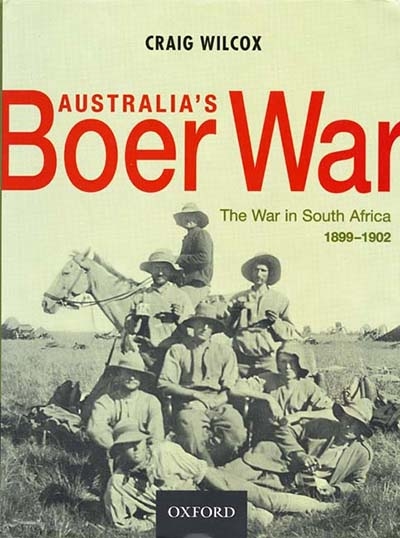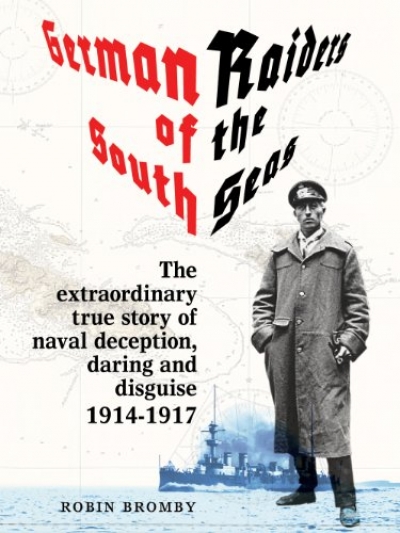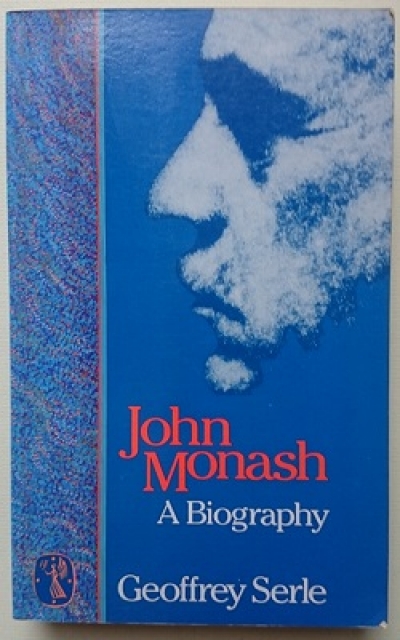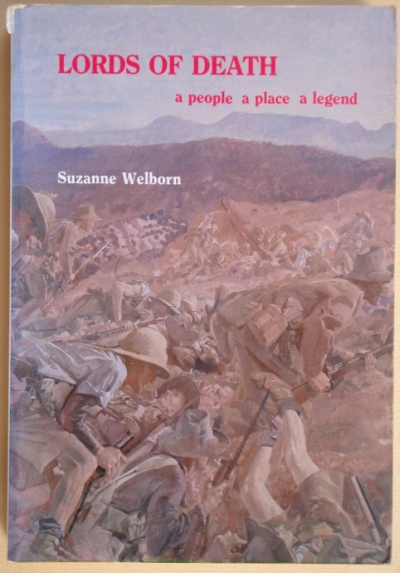Military History
A Distant Grief: Australians, war graves and the Great War by Bart Ziino
by Ken Inglis •
General Peter Cosgrove by Peter Cosgrove & Cosgrove by Patrick Lindsay
by Brian Matthews •
Australia’s Boer War: The war in South Africa 1899–1902 by Craig Wilcox
by Peter Ryan •
Gender and War: Australians at war in the twentieth century edited by Marilyn Lake and Joy Damousi
by Jeff Grey •
These five books are about war and are all written by veteran infantrymen (except Making the Legend), a fact which is quite relevant. The fiction is every bit as gritty as the non-fiction. There’s none of the glamour that popular thrillers attach to war, and there’s none of the abject horror that literature generally attributes to war. Instead, there is what can only be described as honesty. These books are truly about the work of winning wars; not the glory or triumph, but the face-in-the-mud labour of it.
... (read more)German Raiders of the South Seas by Robin Bromby & Royal Australian Navy 1942–1945 by G. Hermon Gill
by Peter Dennis •









